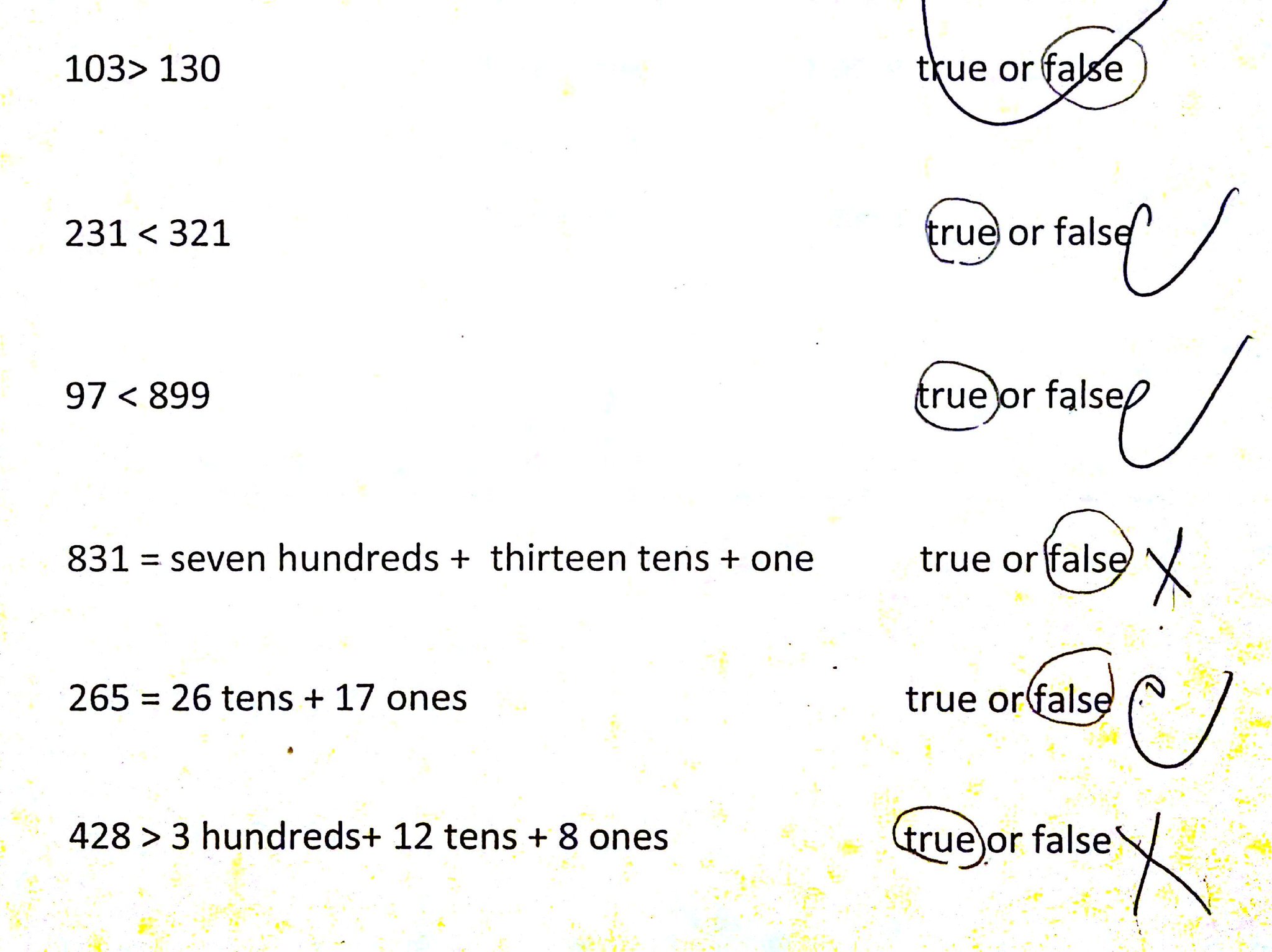I was hanging out with some 3rd Graders today. Their task was to find the area and perimeter of some shapes. This girl was working with a shape like this one, except not quite this one:

In particular, the shape she was working with had a perimeter of 22, and an area of 21. She, however, had counted an area of 21 for both. She had already called me over once to ask whether you count each of the sides of a corner square in the perimeter. My Spider Sense went flaring, but I wasn’t sure how to help, so I told her that each side did count for the perimeter. She seemed suspicious, but went with it. Then she called me over again.
—
Girl: Wait…how is it possible for the perimeter and the area to be the same?
Me: That’s a really interesting question. I’m curious: what’s perimeter, anyway?
Girl: Well… Perimeter…It’s a thing, but it’s outside of something.
Me: Hehe. That’s not a bad start…
Girl: OK, so perimeter is the space outside of a shape. Area is the space inside a shape.
Me: Cool, that’s very interesting!
At this point I’ve sort of constructed a theory about her initial question. Maybe she’s thinking of perimeter as 3D space, instead of lined space. That could explain her confusion about the space around the shape being equal to the space in the shape. Maybe that’s also the source of her doubt about double counting the sides of a square in the perimeter. (Though that doesn’t fit in super-well.)
I decided to push on her definition.
Me: So, perimeter is the space outside of a shape. So is this all the perimeter? [I drew a shape and shaded in the area around it.]

Girl: No! No, it couldn’t be, because then that would go on for all of this space. It’s more like this:

Me: Interesting! I have a question about your picture. Is it important that the lines stick out of the shape? Could you have drawn it where the lines don’t extend out of it?
Girl: No, it’s important that they stick out.
—
At this point I didn’t know exactly what to do, so I just tried to explain that perimeter and area measure different things. I gave concrete examples of perimeter (“It’s like a fence”), but I didn’t really feel like the explanations stuck with her.
I’m curious to hear all of your thoughts on this interaction. My takeaway is a curricular one. Area and perimeter are different concepts, and they don’t necessarily benefit from being presented together and in contrast with each other. Maybe it’s better to introduce each individually, and only play them off each other after students have a solid notion of each concept’s meaning.











